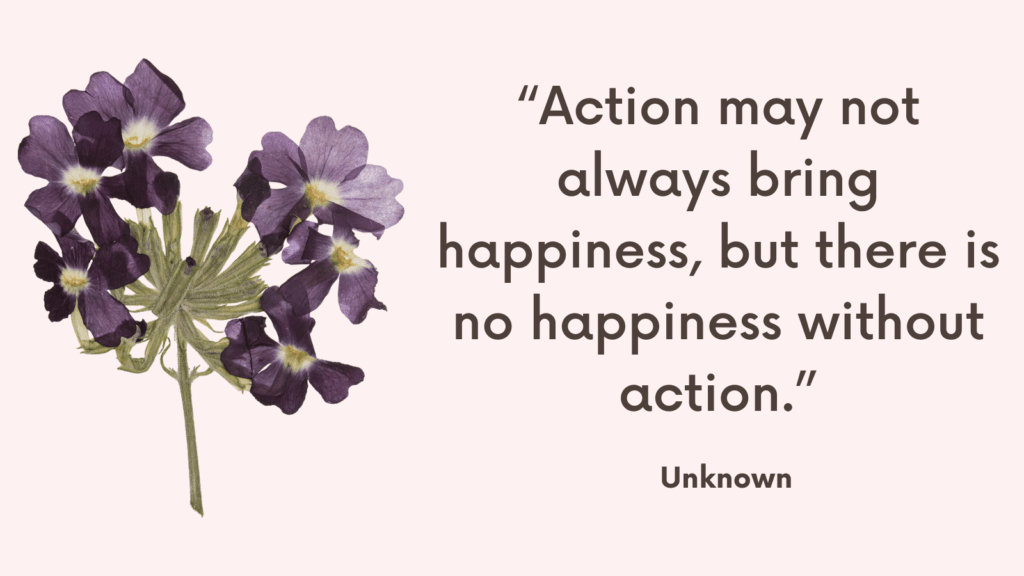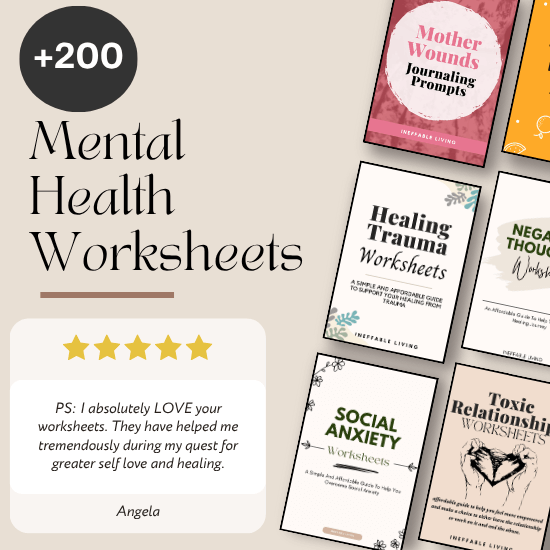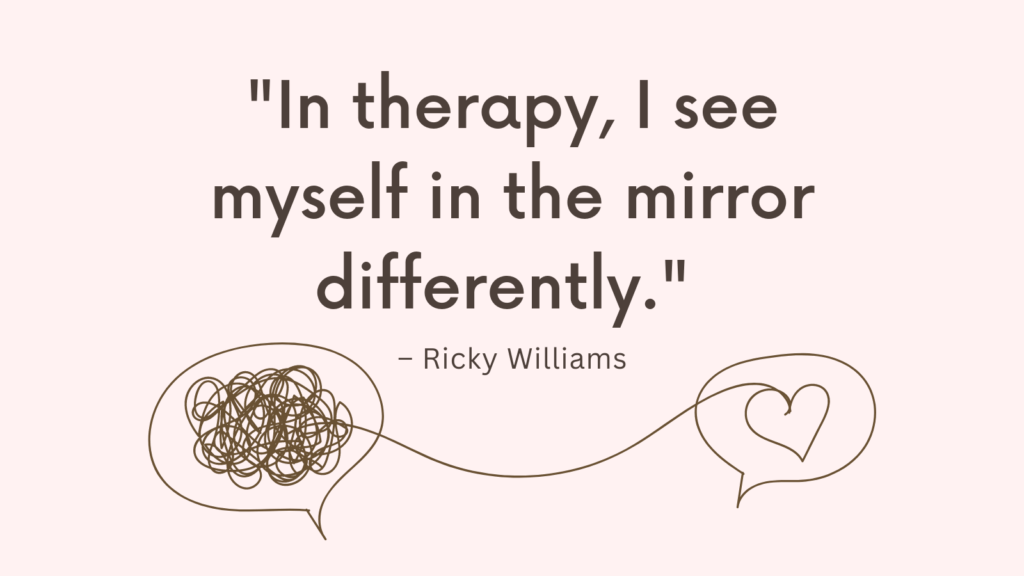When Words Aren’t Enough
Some emotions live beyond language.
They sit in your chest like unspoken grief.
They tangle in your stomach like quiet panic.
They show up as numbness, silence, or withdrawal.
When talking feels too hard—or too much—art becomes the voice.
Art therapy isn’t about being artistic. It’s about using color, texture, and movement to feel what’s unfeelable, to name what’s been hidden, and to reclaim a sense of self when everything feels blurry.
You don’t need to be creative. You just need to show up.
Why Art Heals Where Logic Can’t
Trauma, grief, anxiety, and depression often get stored in the body and subconscious.
That’s why talking alone can feel limited.
Art bypasses the thinking mind and goes straight to the emotional core.
It creates space for expression without judgment.
It slows down racing thoughts.
It gives your nervous system a way to process without pressure.
Even simple strokes with a crayon or clay can give relief where words never could.
Art Therapy Activities for Emotional Expression
1. Draw Your Feelings
Choose colors and lines that represent how you feel right now. No shapes or words—just emotion in color and form.
2. Emotional Color Wheel
Create a color wheel where each section represents a different emotion. Use hues, textures, and patterns to show how each emotion feels in your body.
3. Anger Volcano
Draw a volcano that represents your anger. Label what builds the pressure and what helps you release it safely.
Related: Group Therapy: How to Provide an Effective Session
4. Mood Collage
Cut out images, words, and colors from magazines to create a collage that expresses your current emotional state.
5. Inside-Outside Self
Draw two outlines of yourself: one showing how you feel inside, the other showing how you appear to others.
Related: Best 9 Nonfiction Books About Mental Health
Art Therapy Activities for Trauma & Regulation
6. Safe Place Visualization
Paint or draw a place where you feel completely safe. Include as many sensory details as possible.
7. Grounding Mandala
Create a mandala using soothing shapes, textures, or colors. Focus on slow, repetitive movement to calm the nervous system.
8. My Healing Tree
Draw a tree where each root represents a support or grounding tool, and each branch shows a strength you’re growing.
9. Sensory Tracing
Using soft pastels or textured paper, trace your hand or body outline while practicing breath awareness.
10. Art With Clay or Dough
Use tactile materials like clay to shape emotions, stress, or inner states—no rules, just movement and expression.
Related: Top 100 Therapy Questions
Art Therapy Activities for Self-Exploration
11. Life Timeline
Create a visual timeline using symbols or drawings for key life events—both joyful and painful.
12. Identity Collage
Create a collage that represents who you are—your roles, values, struggles, and dreams.
13. Inner Critic vs. Inner Ally
Draw your inner critic and your inner ally. What do they say to you? What do they look like? What would you like to say back?
14. Strength Shield
Design a personal shield with images, symbols, and colors that represent your strengths and resilience.
15. Self-Portrait Without a Face
Use color, posture, or objects to represent yourself—no facial features, just how you feel inside.
Related: Common Defense Mechanisms That Show Up in Therapy
Art Therapy Activities for Anxiety or Depression
16. Worry Jar Drawing
Draw a jar and fill it with images of your worries. On the outside, write or draw ways to “seal” the jar.
17. My Energy in Colors
Use watercolor or pastels to paint what your energy feels like today—use intensity, flow, and space as metaphors.
18. Draw Your Safe Routine
Illustrate the small routines or rituals that bring you peace when everything feels too much.
19. Depression Monster
Draw what your depression looks like if it were a creature. Give it a name and talk back to it.
20. Ladder of Hope
Create a visual ladder where each rung is a small, manageable goal you can reach for.
Would you like these turned into printable worksheets, prompts for specific age groups, or themed kits (e.g., grief, body image, inner child)?
Related: CBT Worksheets Bundle (FREE PFD Download)
What You Might Notice As You Begin
As you start engaging in art therapy, you may experience:
- Unexpected emotions surfacing
- Gentle release of tension or tears
- Resistance to “doing it right”
- Deep calm after expressive sessions
- A growing sense of connection with your inner self
There is no “wrong” way to make healing art.
The goal isn’t to create something beautiful.
The goal is to feel something honest—and safe.
Gentle Invitations to Begin
You don’t need a studio or expensive supplies. Just paper, color, and space to feel. Here are some prompts to gently guide your process:
Draw Your Emotion
Pick a feeling—don’t name it. Just give it a shape, a color, a texture. Let it move through your hand.
Create a Safe Place
Paint or collage a space where you feel safe. Real or imaginary. Include everything your nervous system longs for.
Inside vs. Outside Self
On one side of a paper, show how others see you. On the other, how you really feel. Compare them gently.
The Heavy Thing I Carry
Without naming it, draw or sculpt the weight you carry inside. Then, draw what might help you put it down.
My Inner Child’s Drawing
Let your younger self draw. Use their colors. Their symbols. Let them speak through the page without correction.
Worry Release Ritual
Write or draw your worries on scraps of paper. Crumple, tear, or transform them into something else—a bird, a shape, a flower.
Feeling Map
Sketch the human body. Color where you feel sadness, anger, or numbness. Notice what part of your body is holding your story.
Related: Best 10 CBT Therapy Books

Conclusion
You might not feel lighter right away.
You might not understand your art.
But slowly, your emotions begin to move.
Your body softens.
You begin to reconnect—with yourself, with the present, with possibility.
That’s what healing through art does:
It helps you feel without breaking.
It helps you process without pressure.
It helps you remember—you are still here.



